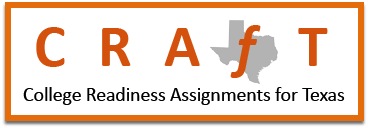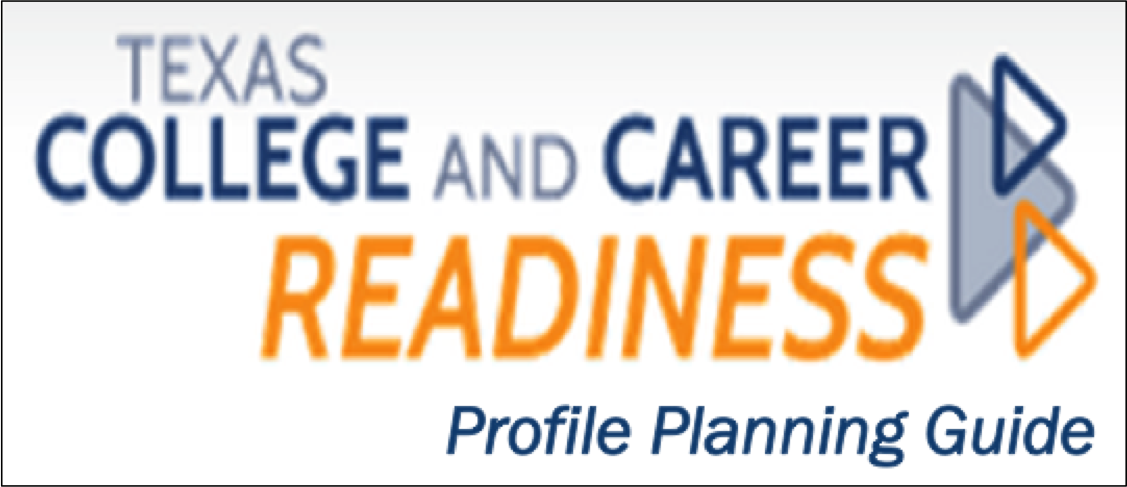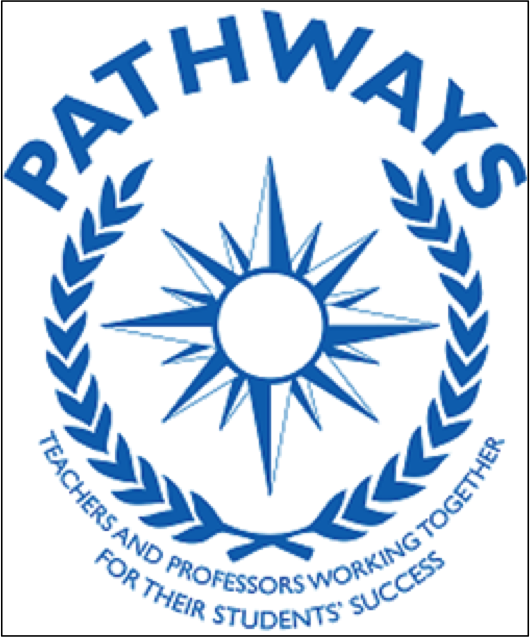A. Locate explicit textual information, draw complex inferences, and analyze and evaluate the information within and across texts of varying lengths.
1. Use effective reading strategies to determine a written work’s purpose and intended audience.
a. Examine introductory material to understand the organization of a text.
b. Examine headline sections or other division markers, graphics, or sidebars to form an overview of a text.
c. Reread to deepen understanding of a text’s literal and figurative meaning.
d. Compare and contrast texts that have similar subjects and themes.
e. When appropriate, make connections between a text and current and historical events.
2. Use text features and graphics to form an overview of informational texts and to determine where to locate information.
a. Evaluate data in tables, graphs, and charts.
b. Use tables of contents, headings, and subheadings to locate information for answering questions.
3. Identify explicit and implicit textual information including main ideas and author’s purpose.
a. Analyze connections between main ideas and supporting details.
b. Identify author’s purpose in a variety of texts, such as magazine articles.
4. Draw and support complex inferences from text to summarize, draw conclusions, and distinguish facts from simple assertions and opinions.
a. Analyze moral dilemmas in works of literature as revealed by the behaviors and underlying motivations of characters.
b. Summarize key points in important historical documents.
c. Distinguish inductive and deductive reasoning and evaluate the effectiveness of each in particular texts.
5. Analyze the presentation of information and the strength and quality of evidence used by the author, and judge the coherence and logic of the presentation and the credibility of an argument.
a. Evaluate the logical effectiveness of arguments.
b. Draw conclusions based on the sufficiency and strength of evidence used in research papers.
c. Identify shifts in argument or point of view and how they affect meaning.
6. Analyze imagery in literary texts.
a. Analyze how imagery reveals theme, sets tone, and creates meaning in literary texts.
7. Evaluate the use of both literal and figurative language to inform and shape the perceptions of readers.
a. Analyze a passage for word choice and voice.
b. Describe and compare how authors use style to evoke specific cultures, social classes, geographical locations, and time periods.
c. Explain how authors use dialect to convey character.
8. Compare and analyze how generic features are used across texts.
a. Explain how form or genre communicates meaning.
b. Analyze the use of persona in texts with diverse voices.
9. Identify and analyze the audience, purpose, and message of an informational or persuasive text.
a. Draw inferences about prevailing public opinions or concerns by reading primary sources from specific historical periods.
b. Explain how the author’s use of rhetorical devices influences the reader, evokes emotions, and creates meaning.
c. Identify shifts in argument or point of view and how they affect meaning.
10. Identify and analyze how an author’s use of language appeals to the senses, creates imagery, and suggests mood.
a. Identify words that convey mood and voice to inform readers of aspects of a setting or time period.
b. Explain how the author’s use of literary elements creates meaning.
c. Analyze a text’s ambiguities, subtleties, or contradictions.
11. Identify, analyze, and evaluate similarities and differences in how multiple texts present information, argue a position, or relate a theme.
a. Analyze similarities and differences in how authors develop similar themes across texts.
b. Read diaries written during a particular event or period and use evidence from the diaries to demonstrate similarities and differences in how each author feels about the event.
c. Analyze how authors present opposing viewpoints on the same issue.
1. Identify new words and concepts acquired through study of their relationships to other words and concepts.
a. Describe meanings of words read in texts based on context clues (e.g., definitions, examples, comparison, contrast, cause and effect, details provided in surrounding text).
b. Explain how connotation determines meaning.
2. Apply knowledge of roots and affixes to infer the meanings of new words.
a. Identify word meanings based on their Greek or Latin roots.
3. Use reference guides to confirm the meanings of new words or concepts.
a. Consult dictionaries, glossaries, thesauruses, or other guides to confirm word or phrase meanings.
C. Describe, analyze, and evaluate information within and across literary and other texts from a variety of cultures and historical periods.
1. Read a wide variety of texts from American, European, and world literatures.
a. Know characteristic forms, subjects, and key authors of major periods.
2. Analyze themes, structures, and elements of myths, traditional narratives, and classical and contemporary literature.
a. Describe how contemporary authors adapt legends and myths to current settings and issues.
b. Analyze historical and social influences on literary works from various countries.
c. Use appropriate reading strategies to analyze a variety of literary and textual forms and genres.
d. Analyze universal or recurrent themes across a variety of works and genres.
3. Analyze works of literature for what they suggest about the historical period and cultural contexts in which they were written.
a. Analyze how significant historical events influence authors.
b. Describe how the social conditions of a particular geographic region or time influence authors.
4. Analyze and compare the use of language in literary works from a variety of world cultures.
a. Analyze works with similar themes to compare how the authors achieve their purpose.
b. Compare contemporary poems by writers from different nations and note similarities and differences in form, style, imagery, and theme.
D. Explain how literary and other texts evoke personal experience and reveal character in particular historical circumstances.
1. Describe insights gained about oneself, others, or the world from reading specific texts.
a. Compare a particular text to one’s own life experiences and those of others.
b. Relate a text to current or historical events (e.g., compare current world events with those described in works from the early 20th Century).
2. Analyze the influence of myths, folktales, fables, and classical literature from a variety of world cultures on later literature and film.
a. Analyze how texts influence other texts, especially from another era, in terms of such elements as style, theme, and use of mythology.


 Show Printable Version
Show Printable Version



